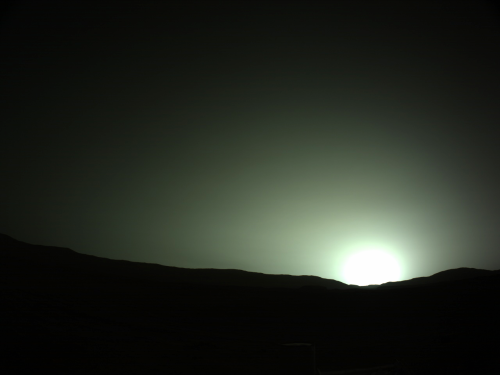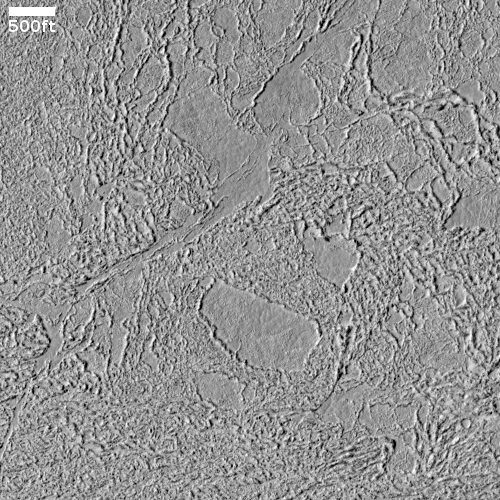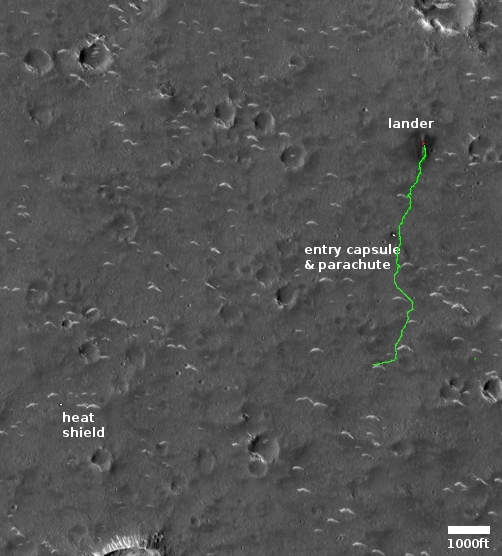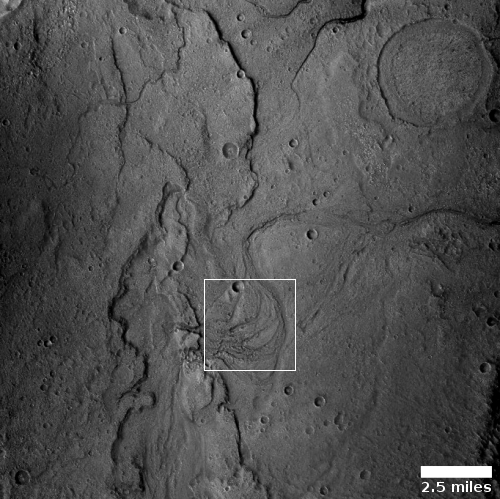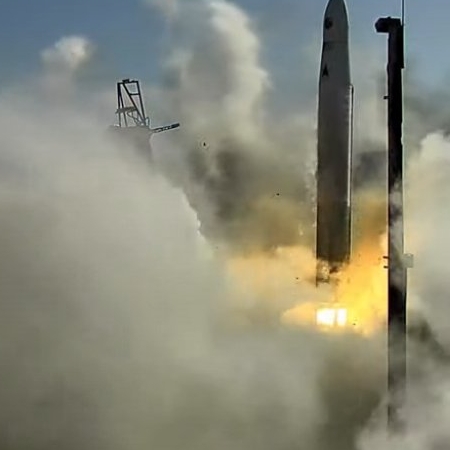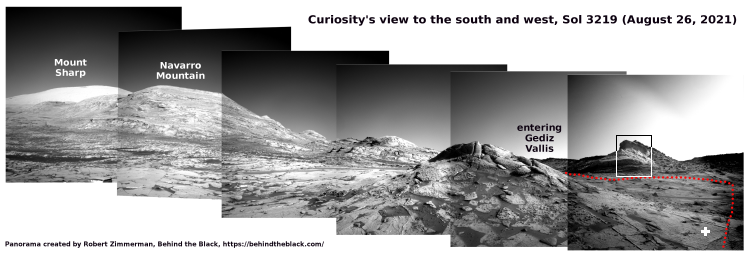Flight anomalies occurred during Branson’s suborbital flight in July
Capitalism in space: According to a New Yorker story today, the suborbital flight of Richard Branson in July experienced several flight anomalies that the article suggests should have caused it to end early before reaching space.
The rocket motor on Virgin Galactic’s ship is programmed to burn for a minute. On July 11th, it had a few more seconds to go when a red light also appeared on the console: an entry glide-cone warning. This was a big deal. I once sat in on a meeting, in 2015, during which the pilots on the July 11th mission—Dave Mackay, a former Virgin Atlantic pilot and veteran of the U.K.’s Royal Air Force, and Mike Masucci, a retired Air Force pilot—and others discussed procedures for responding to an entry glide-cone warning. C. J. Sturckow, a former marine and nasa astronaut, said that a yellow light should “scare the [“#$%#] out of you,” because “when it turns red it’s gonna be too late”; Masucci was less concerned about the yellow light but said, “Red should scare the crap out of you.” Based on pilot procedures, Mackay and Masucci had basically two options: implement immediate corrective action, or abort the rocket motor. According to multiple sources in the company, the safest way to respond to the warning would have been to abort. (A Virgin Galactic spokesperson disputed this contention.)
Aborting at that moment, however, would have dashed Branson’s hopes of beating his rival Bezos, whose flight was scheduled for later in the month, into space. Mackay and Masucci did not abort.
Virgin Galactic’s response, including the FAA’s statement, can be found here. The company noted that the flight deviation occurred because of unexpected high altitude winds. The FAA’s comment I think provides some reasonably perspective:
» Read more


